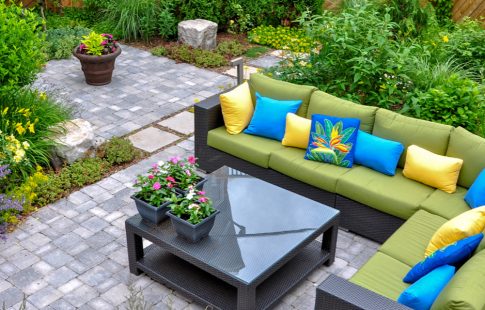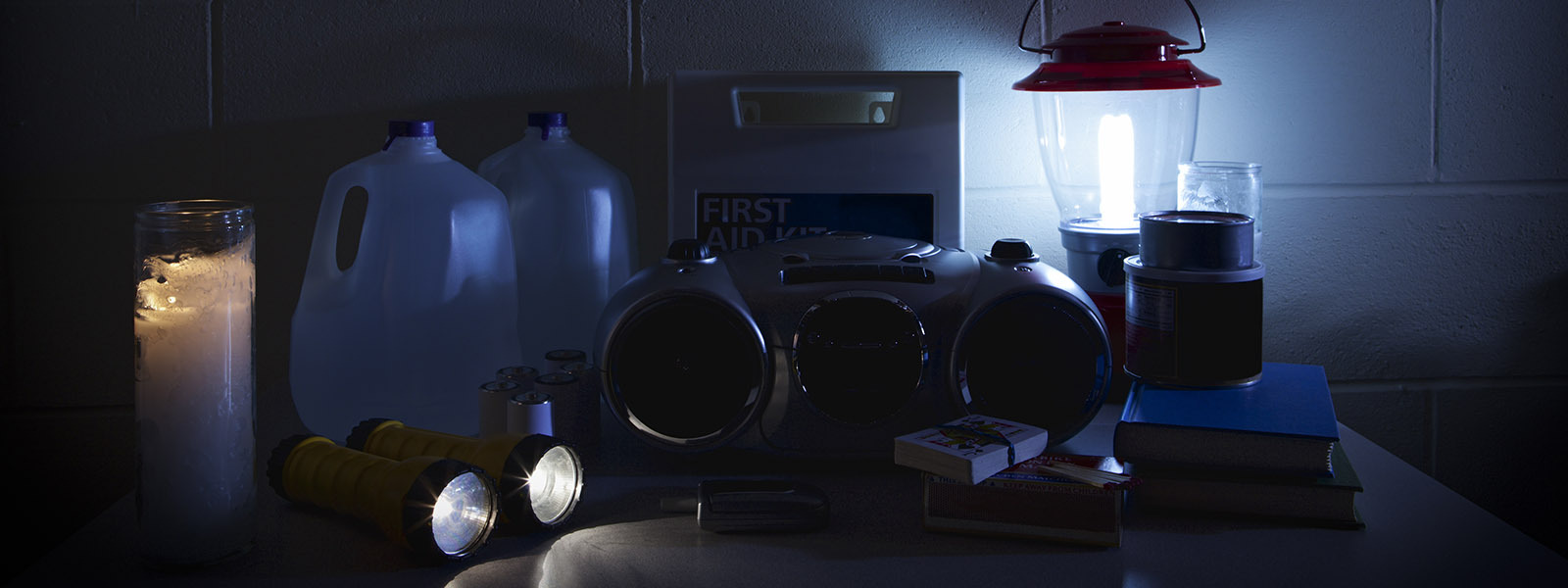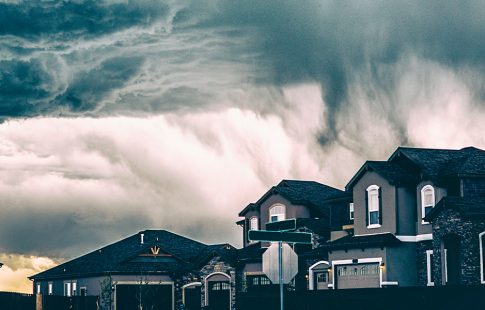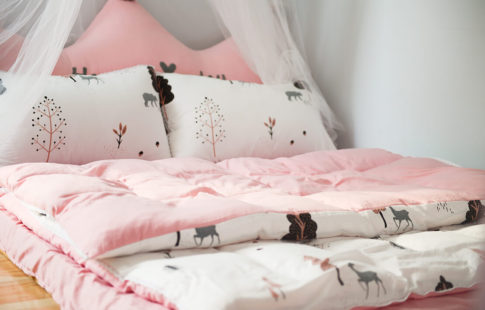Estimated reading time: 5 minutes
Preparing in advance for emergencies is ideal, but it isn’t always possible. In extreme conditions, this may leave you at risk for hypothermia or heat exhaustion, and without adequate food or water. By using common items around your house, you may be able to cover essential needs in spite of short notice. Here are 10 home emergency hacks that may help you through a disaster.
Lighting
1. Make a light from a bottle of water
Power out? Strap a flashlight or headlamp to a bottle of water. This simple fix can help light up a room and works with single-serve bottles or gallons. Empty gallons can also amplify light. Stand a flashlight up on a table and place the empty bottle’s spout over the top for an instant lamp. And if you’re in a pinch for a light, try your cell phone’s flashlight as an alternative. A full single-serve bottle can even sit right on top of your phone to distribute the light.
2. Repurpose solar-powered landscape lights
Bring solar-powered lights in once they’re charged for the day. Bonus tip: Place them in a vase or flower pot, says The Urban Prepper, so you can station them around your house.
Plumbing
3. Make a DIY water meter key
A burst water pipe can do thousands of dollars of damage to your home as water streams in. Thankfully, many can be stopped by turning off a home’s water supply valve by hand. They’re often in basements, garages, or on a front wall where water comes into your house. But in some cities, valves are kept in an underground box by a home’s curb and may require a special tool—a T-shaped water meter key.
If you don’t have one, a DIY key made out of a screwdriver and crescent wrench with a hole in its handle may work, as seen below. The wrench serves as the stem of the “T” and attaches to the water valve. The screwdriver serves as the handle when placed through the wrench’s hole, completing the T-shape. Check your city’s website and its YouTube channel for more tips. Many post helpful how-to articles, videos, and emergency contacts.
Food & water
4. Collect water
If disaster strikes, but your water’s still running, tubs and sinks can hold a back-up supply. This can help with flushing toilets, washing clothes, and cleaning. Beware that this water isn’t for drinking or bathing “young children,” says the Red Cross. Glaze from tubs and sinks may contain lead. As an alternative, food-grade containers and pitchers can hold what you’ll drink. It’s also wise to check with authorities about boil-water advisories following disasters. If there’s a flood, your water pressure drops, or other issues develop you’re not aware of, it may be unsafe.
During winter disasters, snow can come to the rescue, but only as a last resort. The CDC explains that bringing it “to a rolling boil for one minute will kill most germs but won’t get rid of chemicals sometimes found in snow.” In contrast, floodwaters should be avoided and never consumed because they can spread diseases.
5. Turn your washing machine into a cooler
The FDA recommends moving refrigerated foods to coolers if your refrigerator will be down for more than four hours. If you don’t have any, sources suggest improvising with a washing machine filled with ice. This strategy may not be ideal in the winter, however. Washing machines can be damaged by frozen water, and hoses and valves can freeze in low temperatures.
In the winter, it may also be tempting to store food in the snow, but foods can reach unsafe temperatures as they thaw in the sun.
6. Grill outdoors
Can’t use your stove? An outdoor grill can be a great stand-in. “Outdoor” is the operative word, though. As the EPA warns, camp stoves, barbecues, and “any other non-vented combustion appliances” shouldn’t be used inside. They can create dangerous fumes like carbon monoxide.
Heating and cooling
7. Make a heater out of a clay pot
If your heater’s down, clay pots may help you warm up a room. Designs and results vary, but these are typically made from two unglazed clay pots of varying sizes, tea light candles, bricks, and kitchen supplies. See the Peace Corps’ example below.
Warning: These heaters get very hot and present a fire risk. Use protective gear when handling them; never leave them unattended; and keep kids and pets a safe distance away. Also put safety first when choosing and burning candles. The National Candle Association lists important safety tips here, and Healthline has warnings here to help avoid dangerous fragrances and chemicals associated with candles.
8. Use corn chips as tinder
Getting a fire going in your fireplace can be a great way to heat a house. If you don’t have tinder to start one, sites around the web say a small pile of corn or potato chips can be used. BobVila.com adds that cotton balls covered in petroleum jelly, or lint from your dryer’s trap may also help.
9. Use a fan and bowl of ice to cool down
Make a DIY air conditioner by sitting in front of a bowl of ice while a fan blows over it. Put safety first and ensure water and your fan’s electricity won’t mix.
10. Cover windows with bubble wrap
Have any packing supplies left over? Bubble wrap can help seal entire windows or drafty spots. Other hacks include using garbage bags, towels, and quilts and blankets to keep unconditioned air out.
For more emergency tips, read our blog on how to prepare for a power outage here.
Tradenames and trademarks used in this blog post are the property of their respective owners. Nationstar Mortgage LLC d/b/a Mr. Cooper is not affiliated, associated, or sponsored by any of these owners. Use of these names and trademarks is not intended to and does not imply endorsement, but is for identification purposes only. Information provided does not necessarily represent the views of Mr. Cooper. Information is subject to change without notice.







